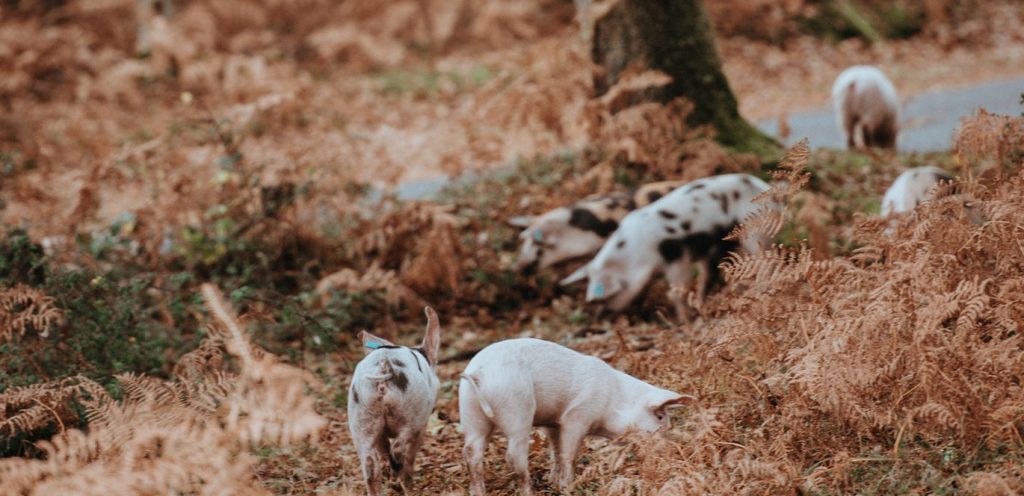Feral pigs would be valuable assets for landowners if we went back to the rules that applied until 30 years ago, which allowed feral pigs to be sold into the commercial food chain. Imagine getting $100 – $300 apiece and creating an additional annual revenue stream for the ranch while helping control their population.
Pretty soon, instead of paying eradication bounties, the counties would be taxing wild pigs as “personal property”.
Treating these free-ranging domestic animals as vermin is one of the amazing perversities of wildlife “management” and food “safety”.
NOTE: this article initially appeared on SAExpressNews.com on July 15, 2018. It was written by S.M. Shavey.
Attention feral hog hunters: Your opportunity to make a few bucks begins today.
Guadalupe County’s feral hog bounty, approved by county commissioners at the end of June, will allow hunters to turn in feral hog tails for $5 this summer.
“This program should serve as an incentive to area landowners to trap and harvest feral hogs on their properties,” Jeff Hanselka, county extension agent for natural resources, said in a statement.
Participants in the program can earn eligibility to win one of at least eight $500 vouchers for hog trapping equipment. The more that hunters participate in the bounty and educational programs, the more points they earn and the more likely they are to be selected as one of the winners, according to a statement from the county.
For hunters, the $5 payout is essentially expected to reimburse expenses, not foster a competition.
An estimated 3 million feral hogs live in Texas, contaminating creeks and rivers and harming agricultural production across the state.
Guadalupe County has taken a number of measures to limit the extent of havoc caused by the hogs within the county. The county has enough funds to pay for 2,000 tails, or $10,000. Half of that money is coming from the county, and the remaining half is part of a grant the county received from the Texas A&M Agrilife Service.

